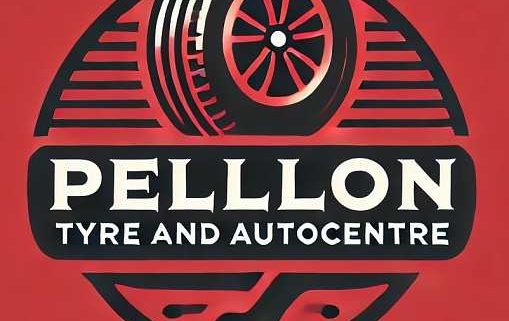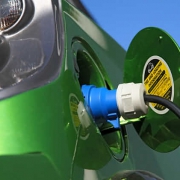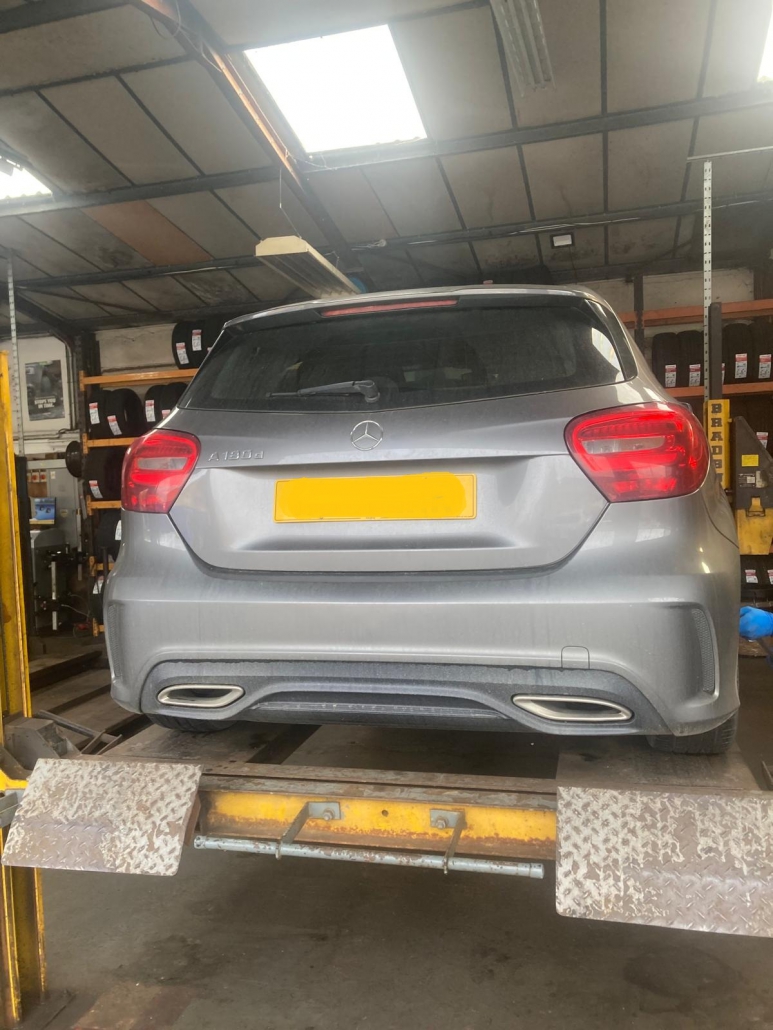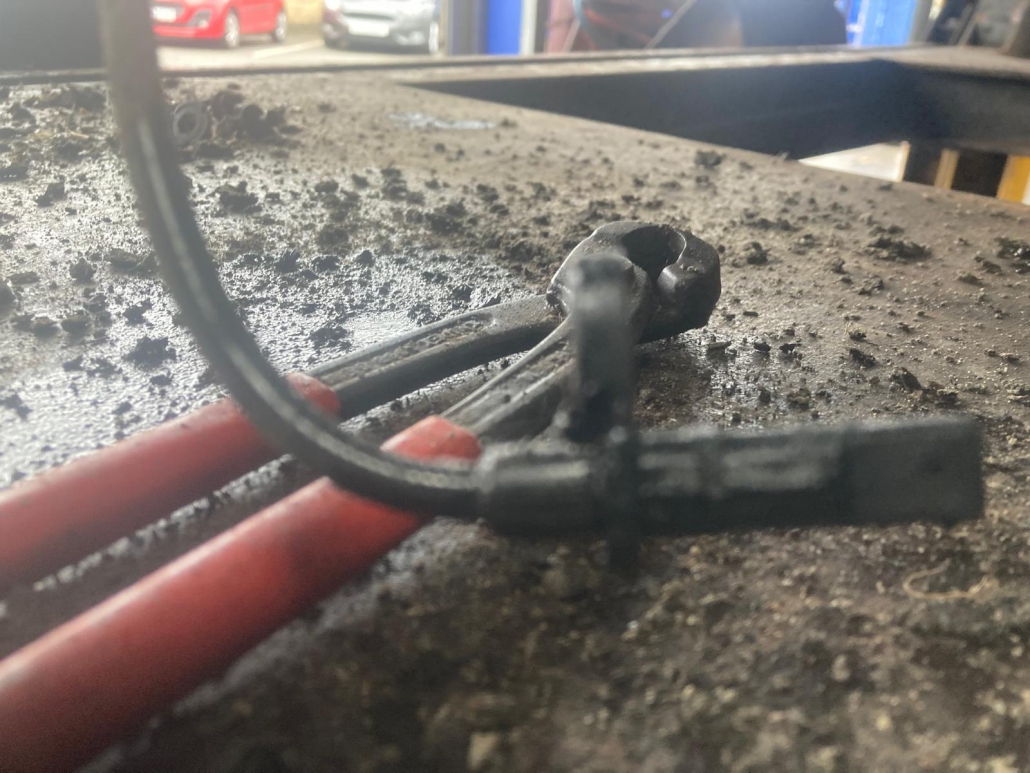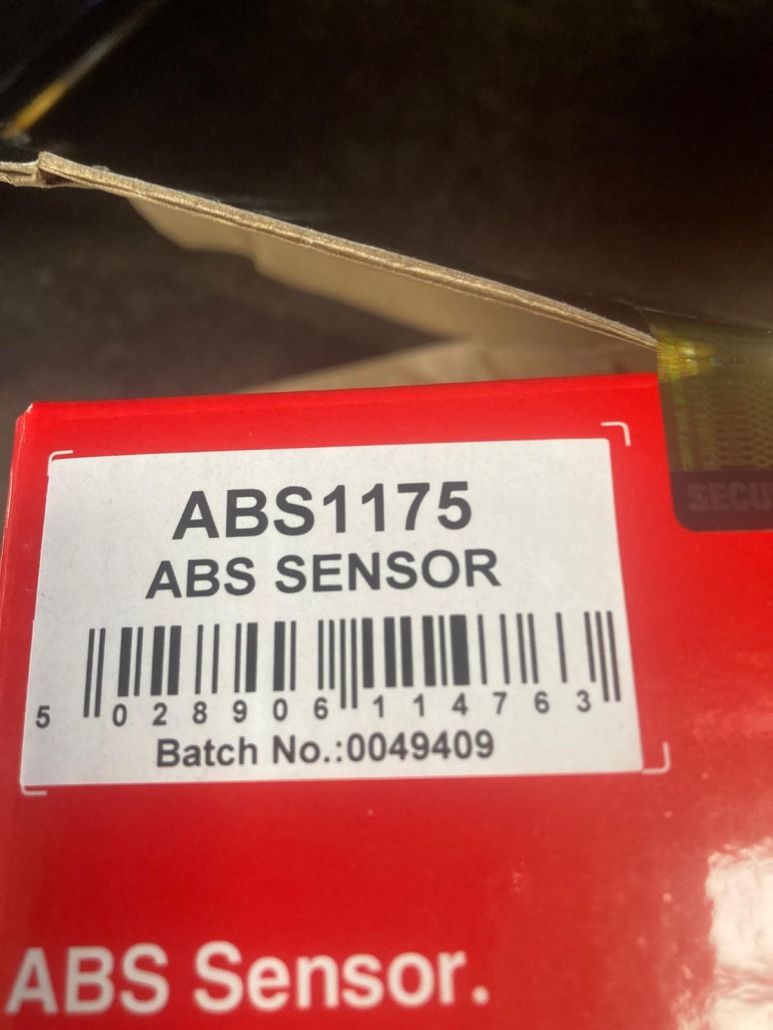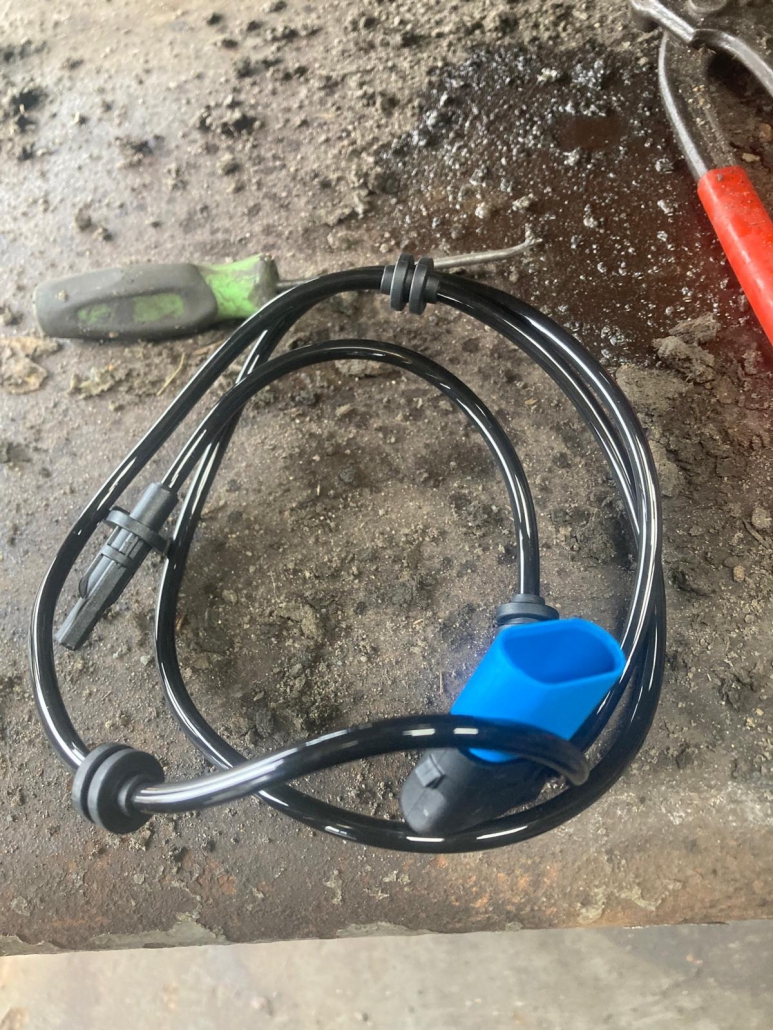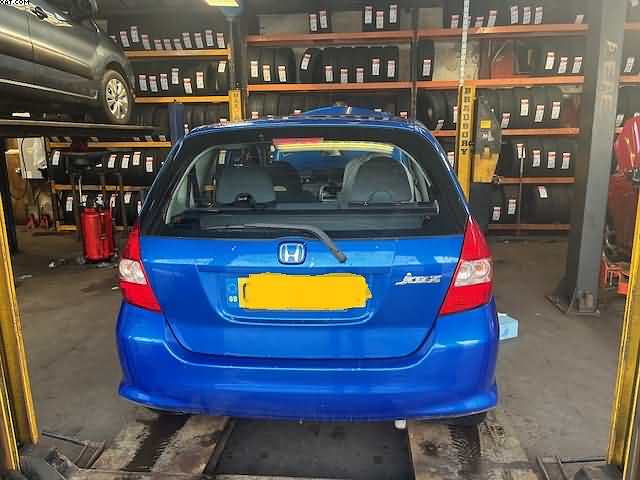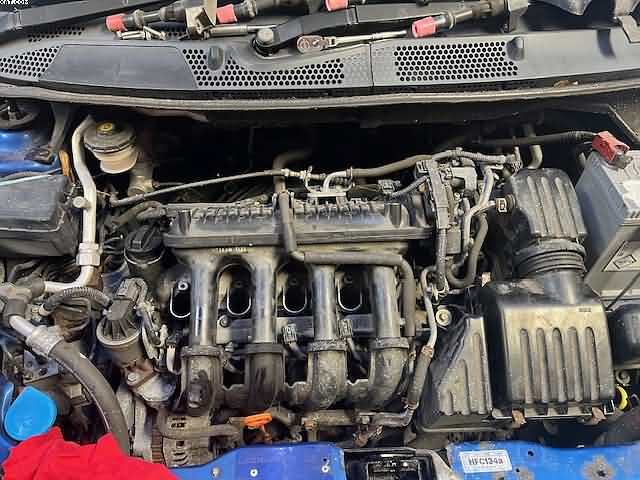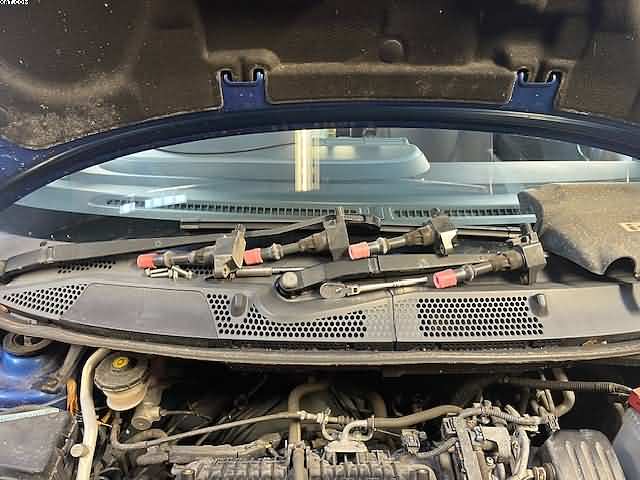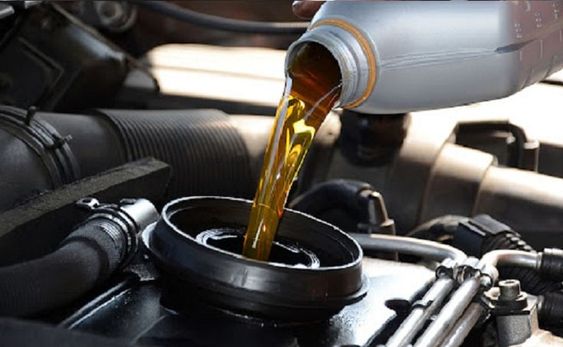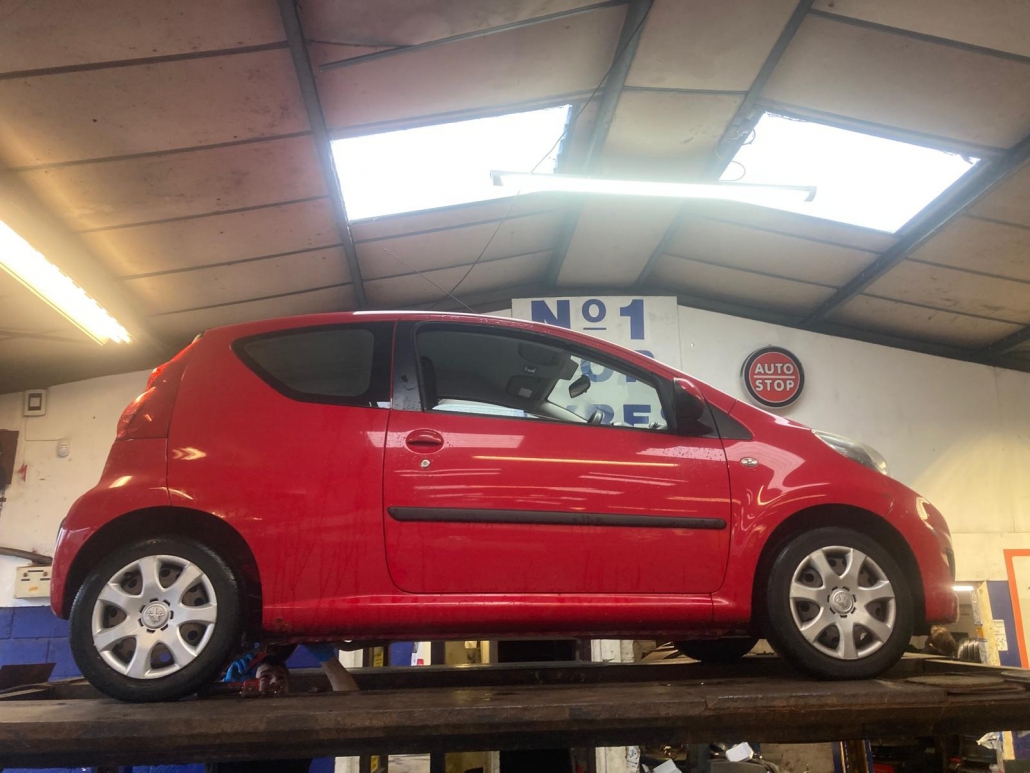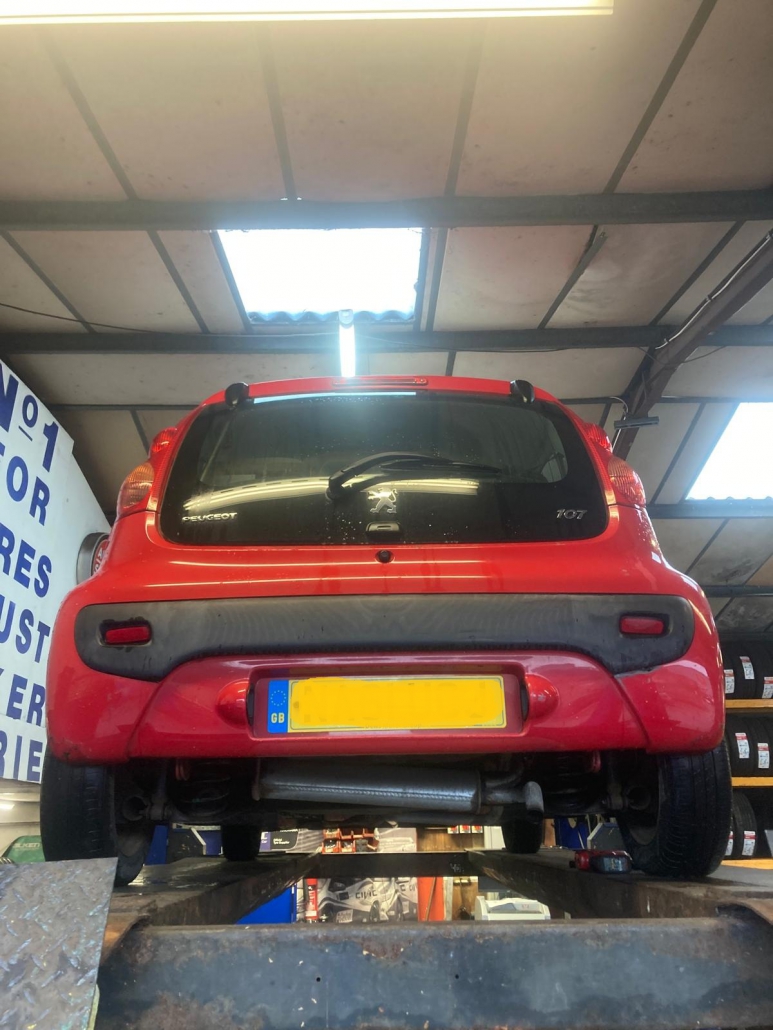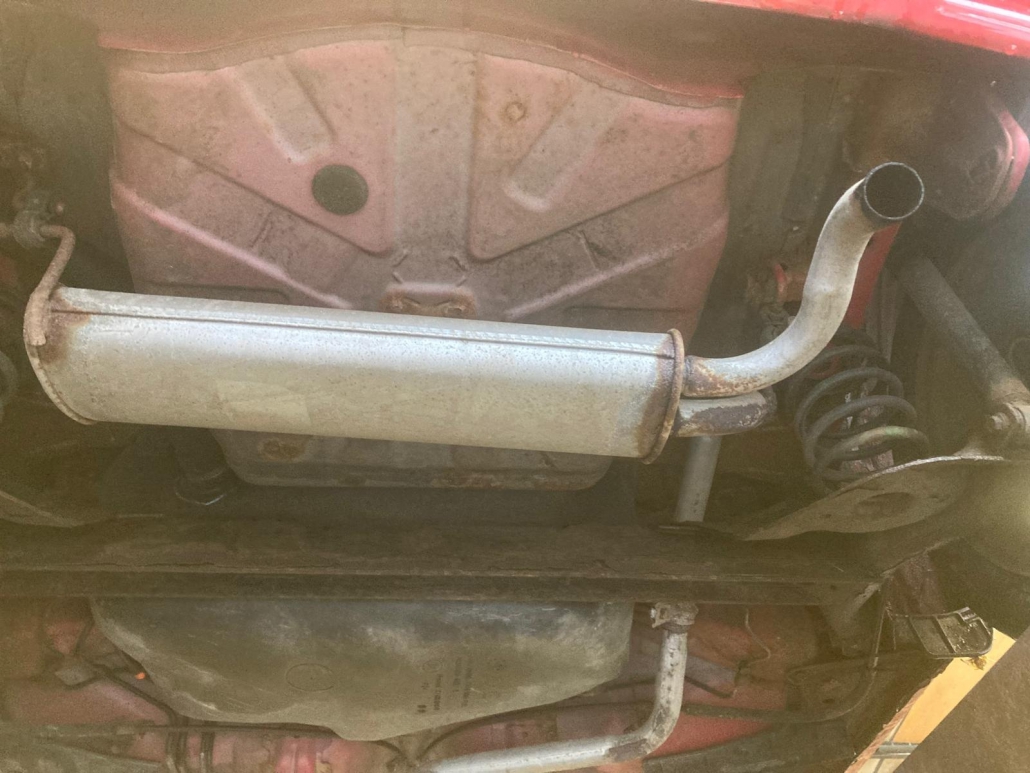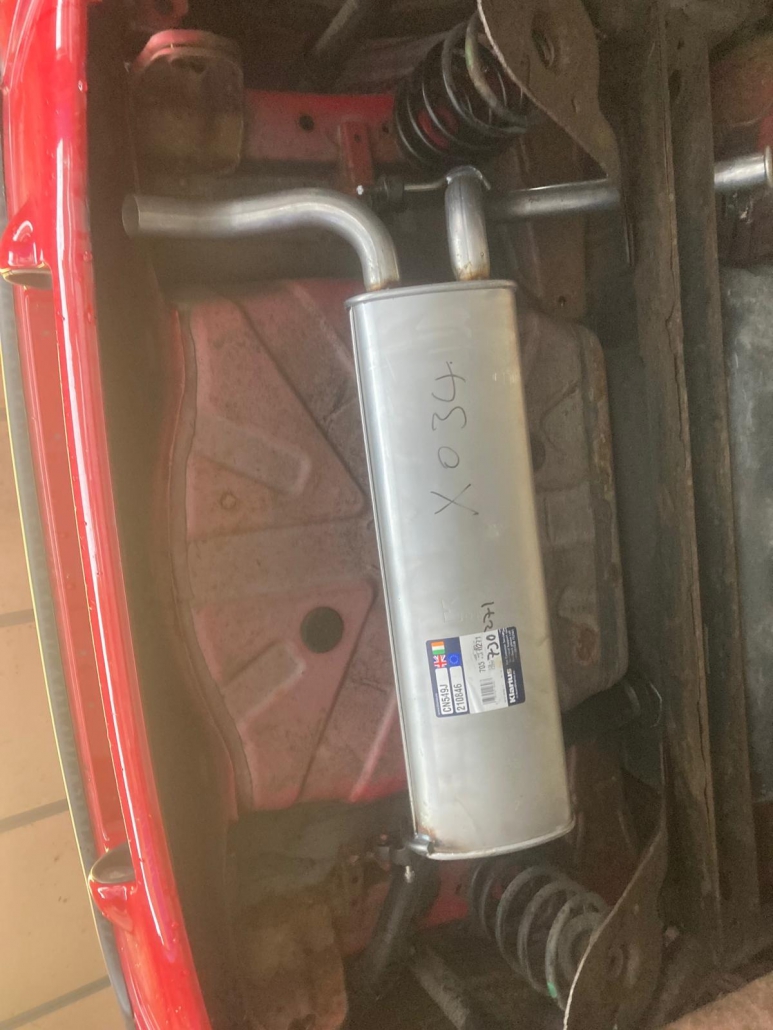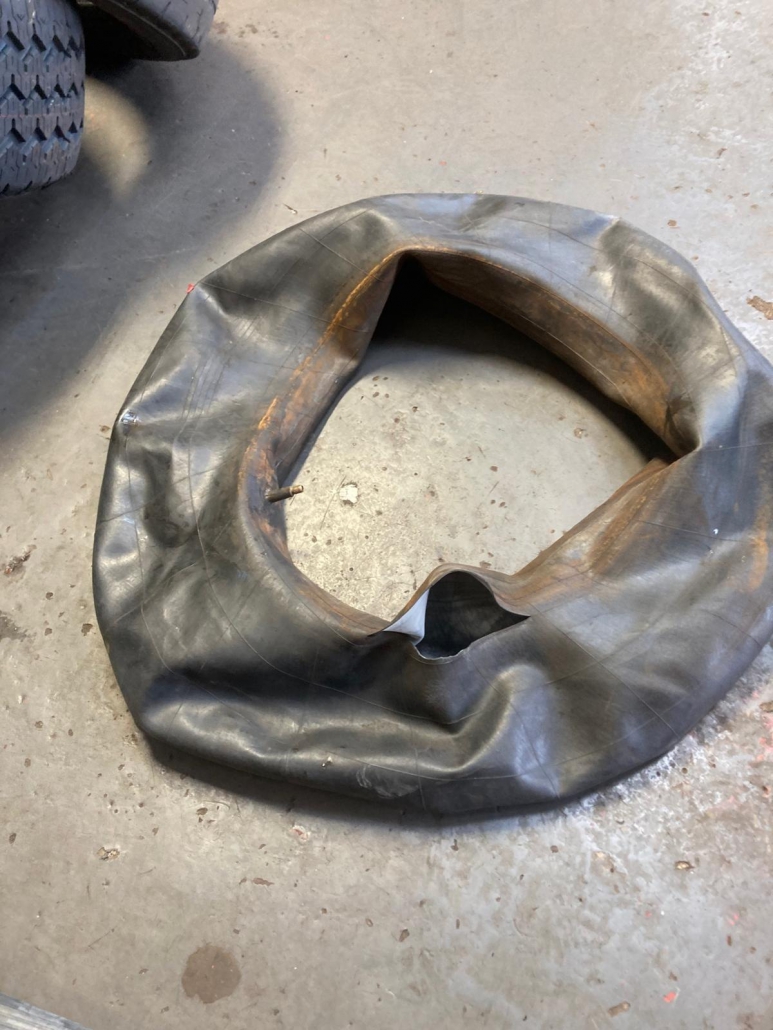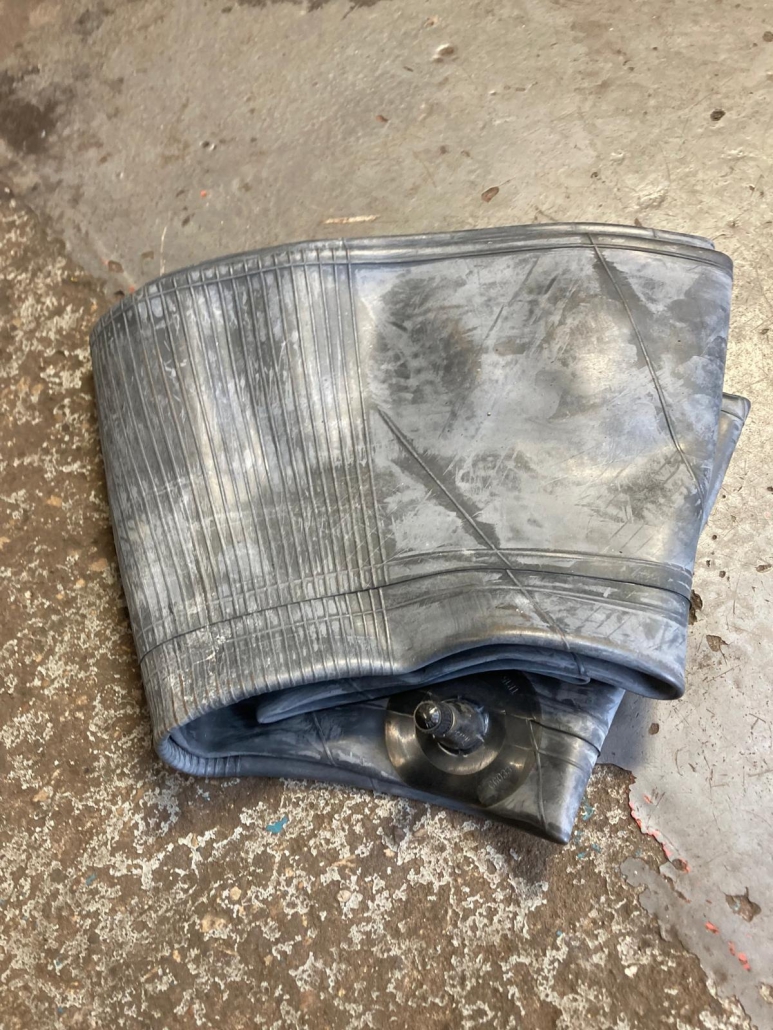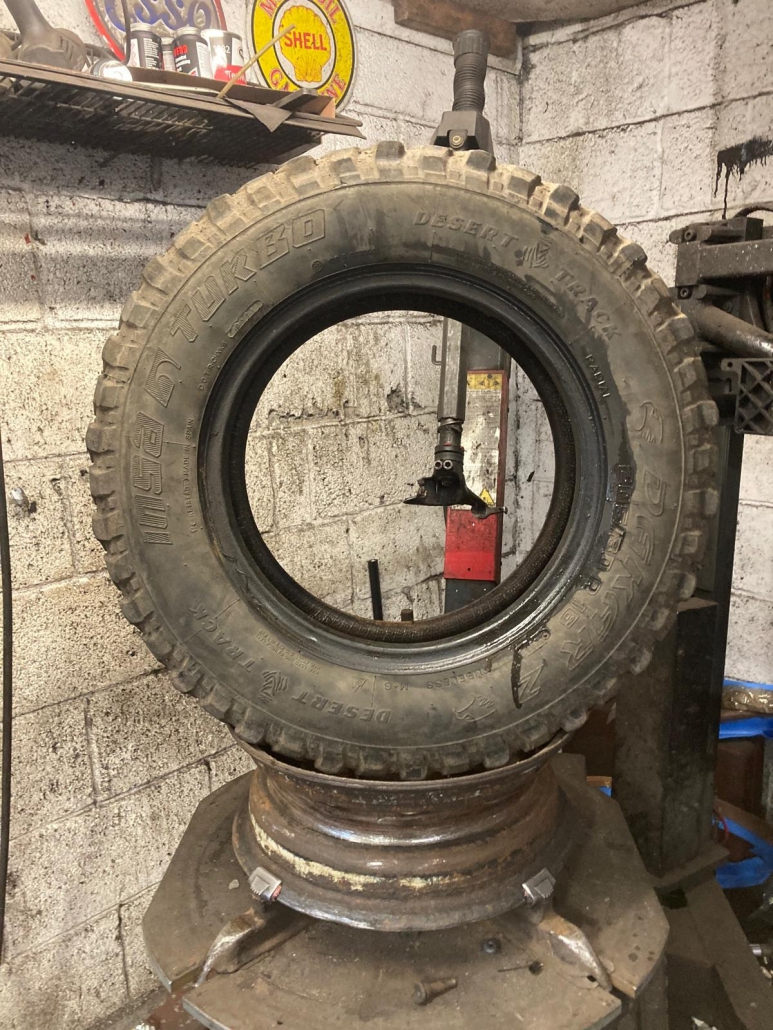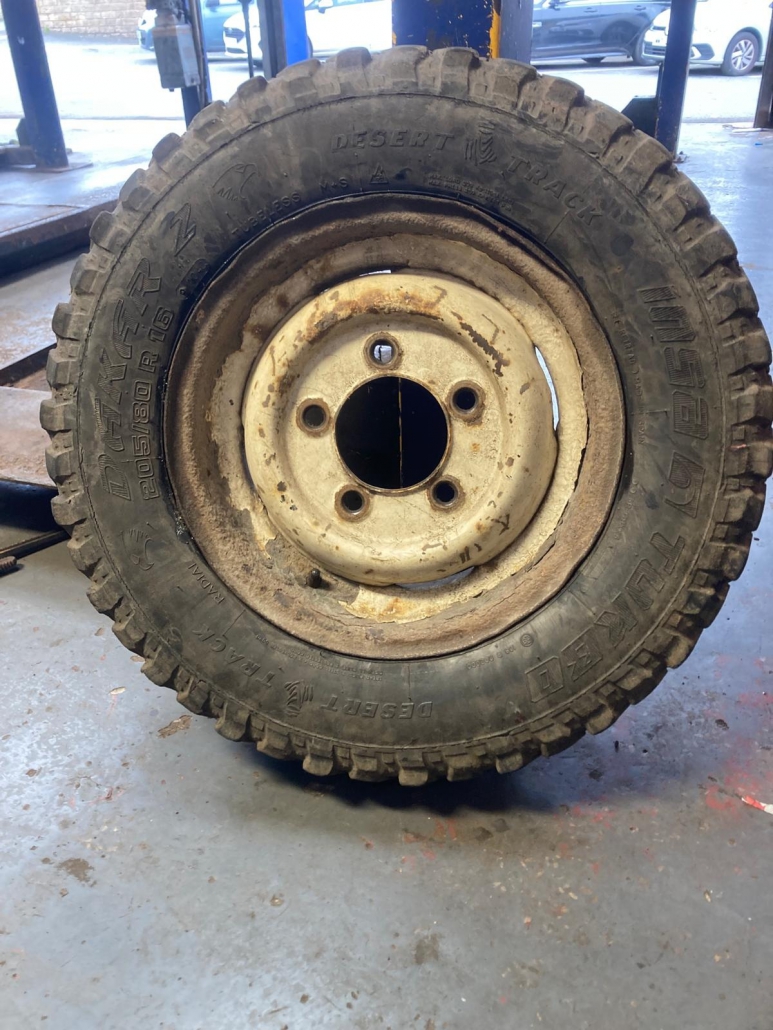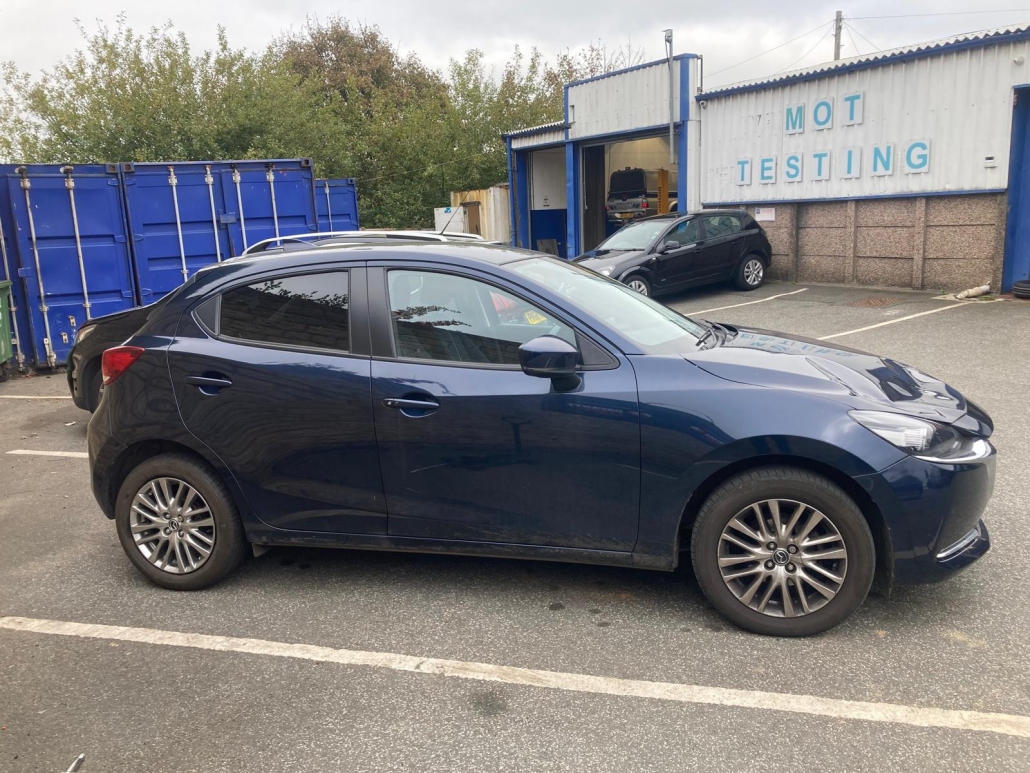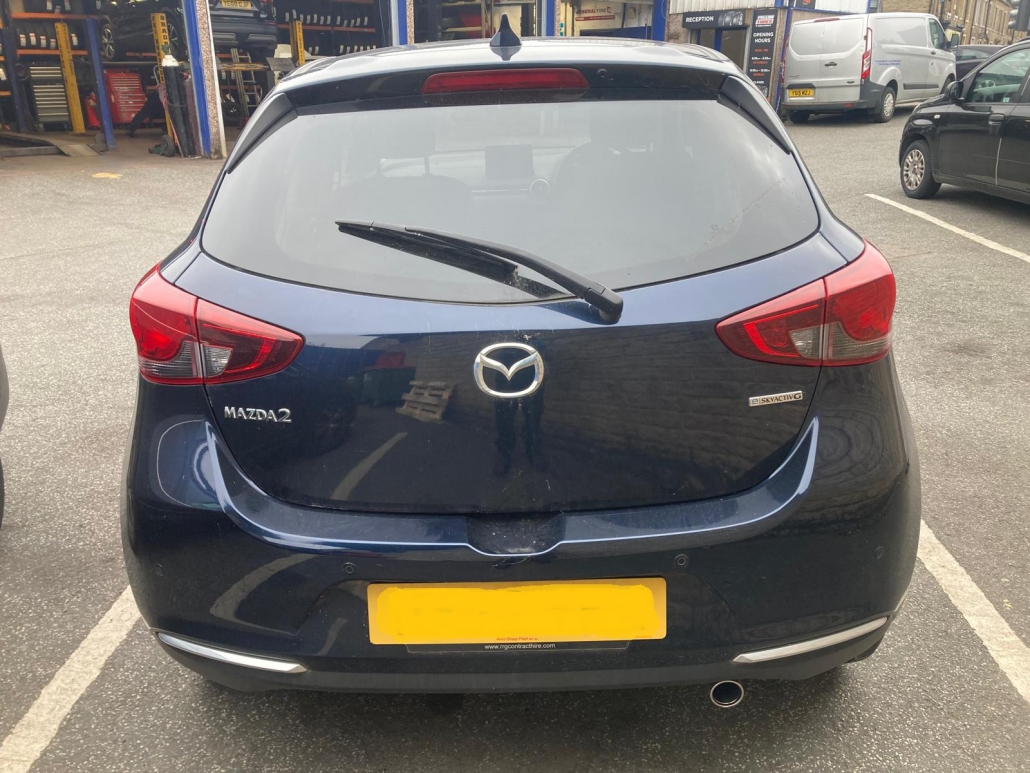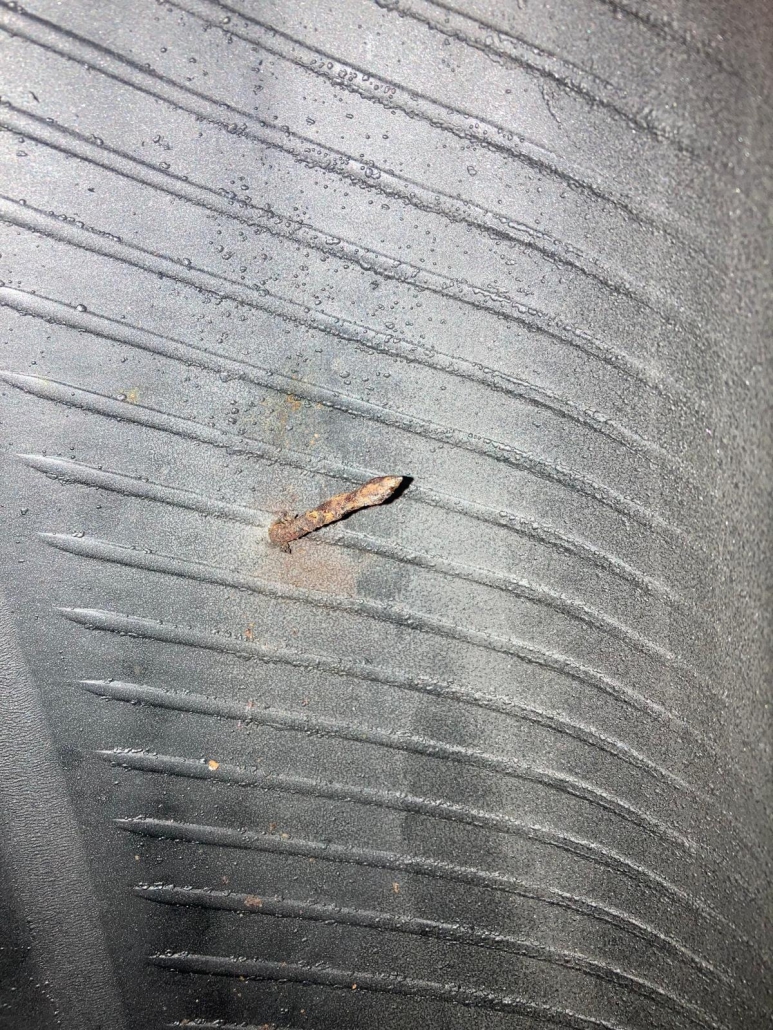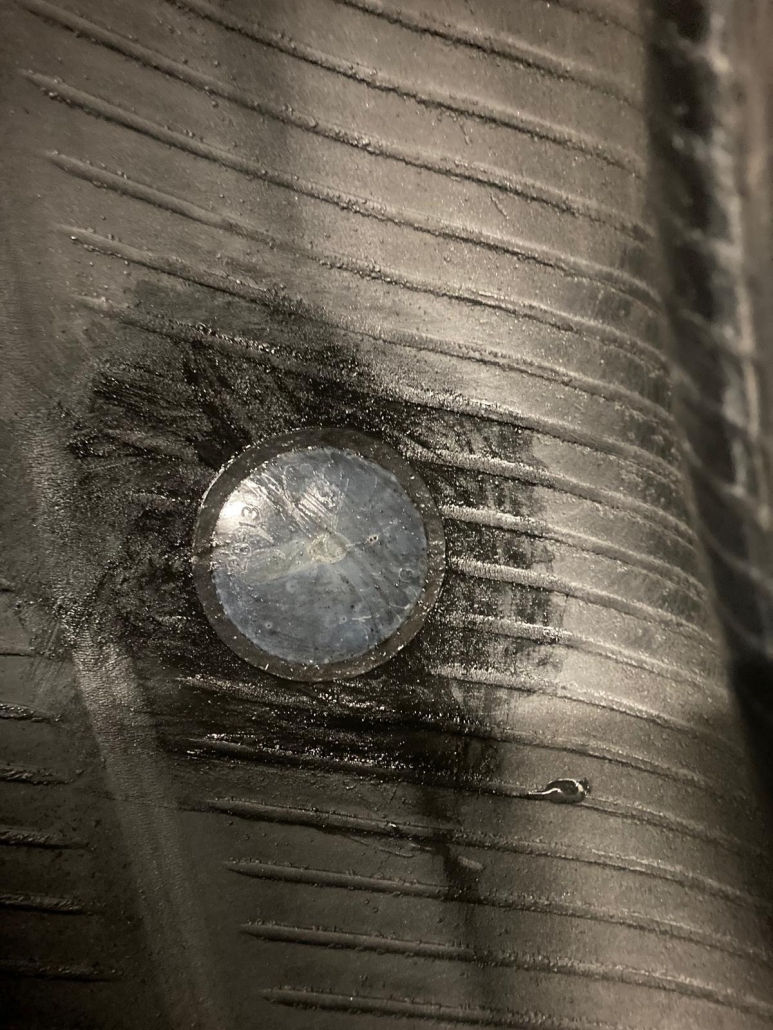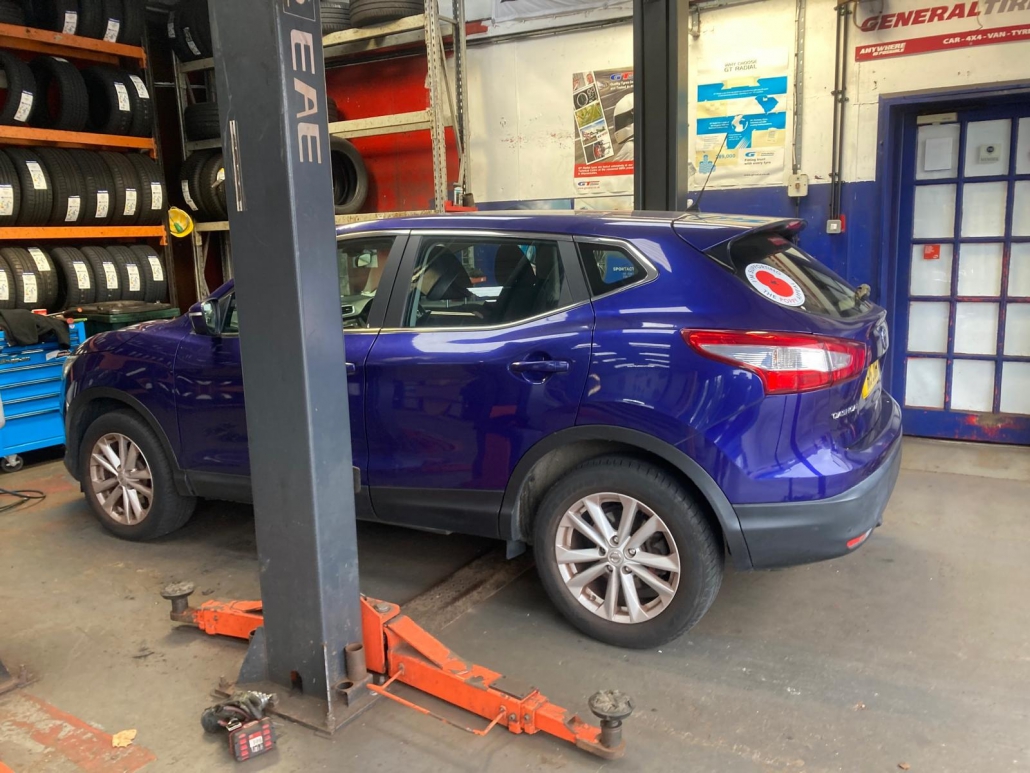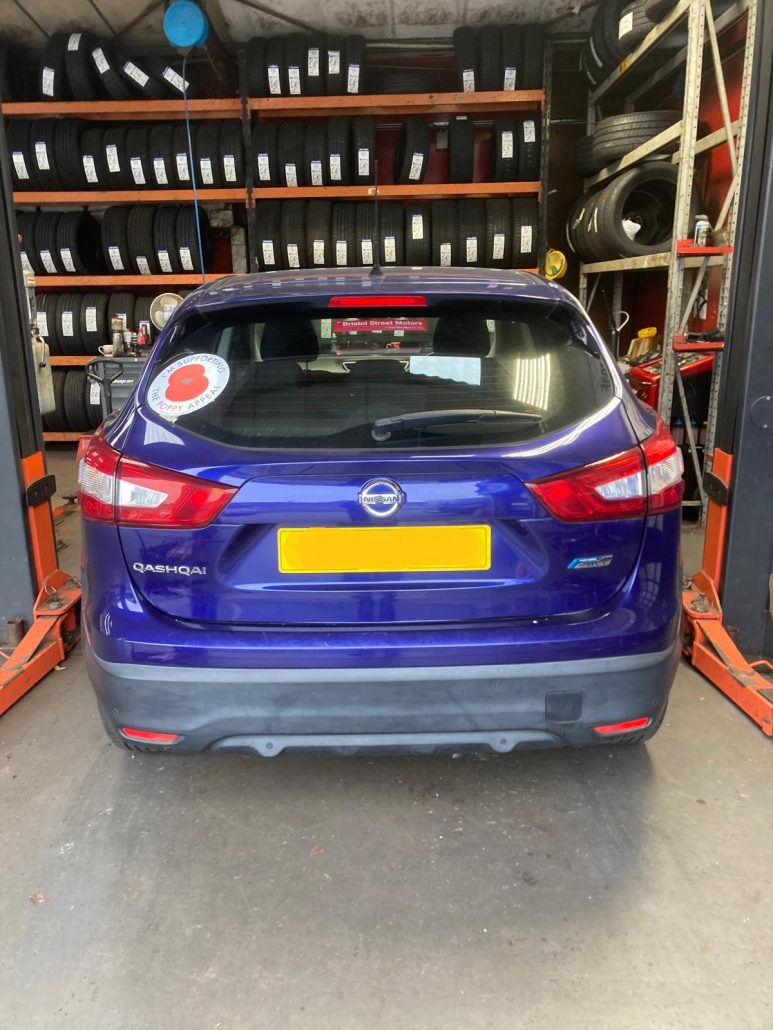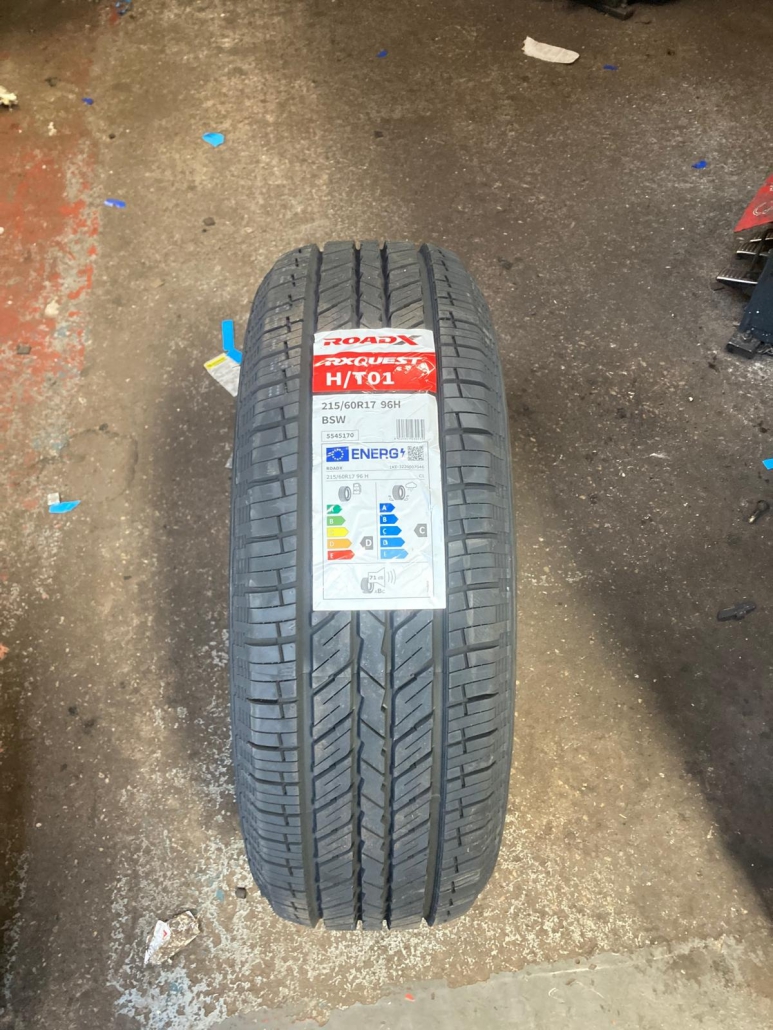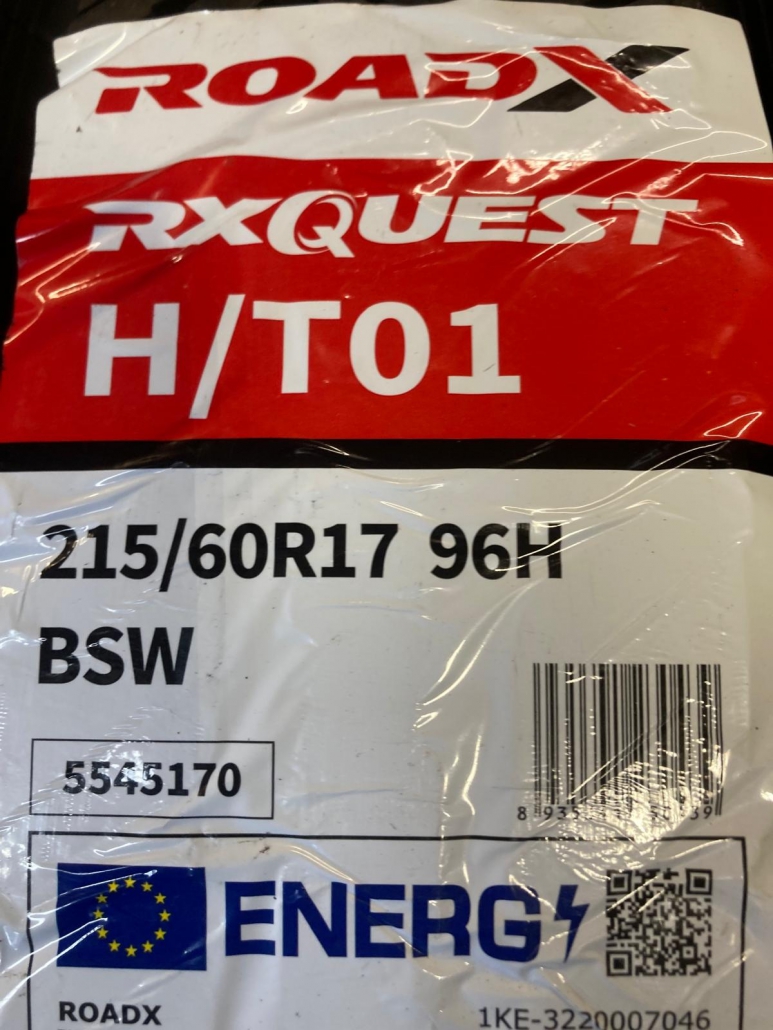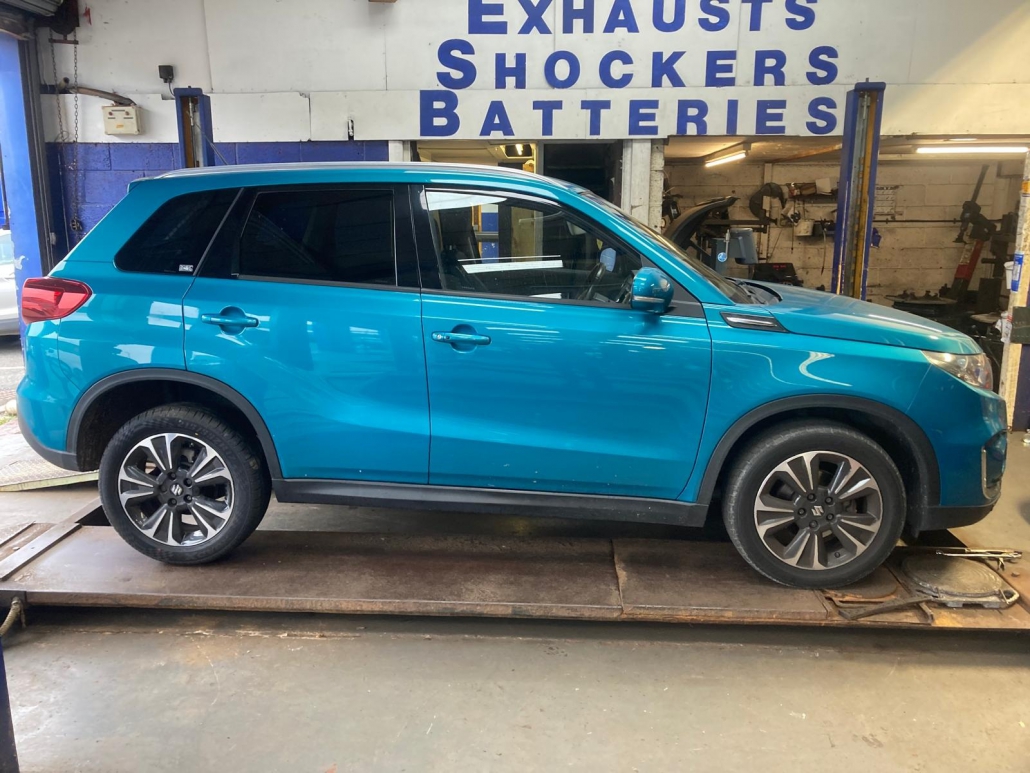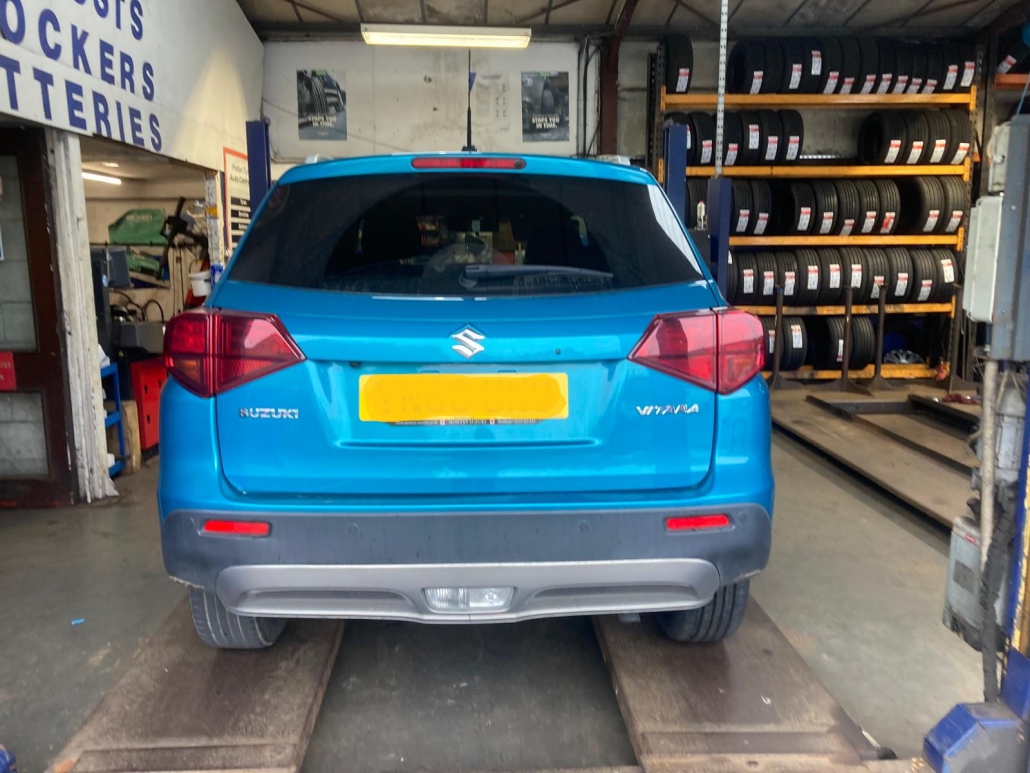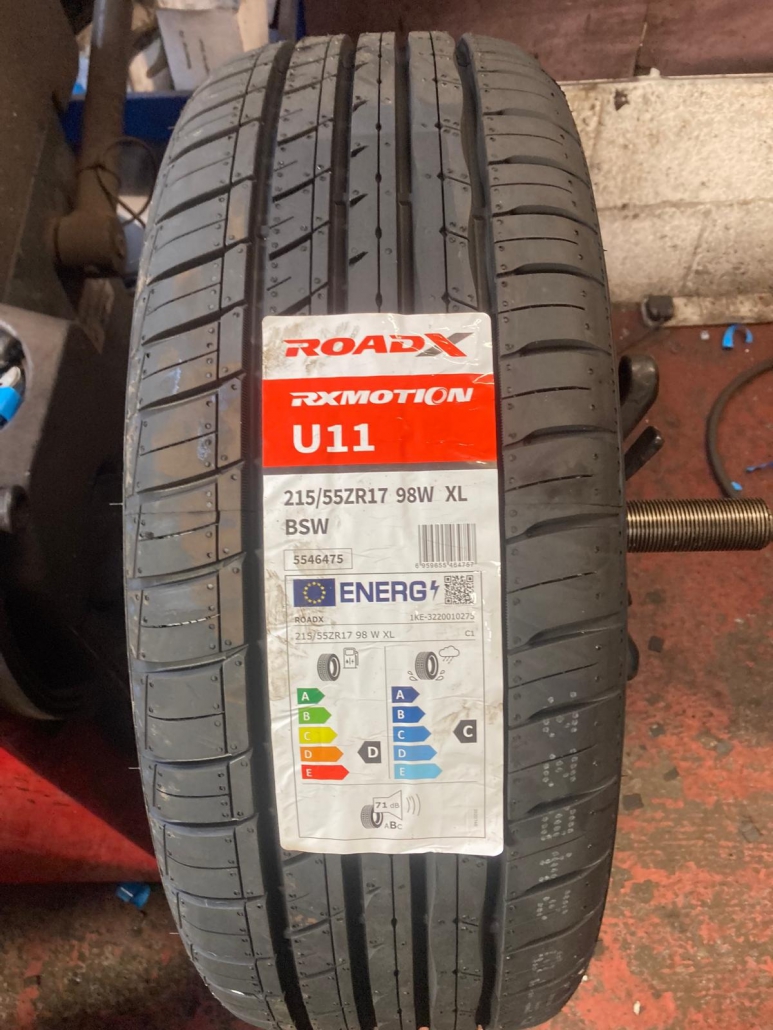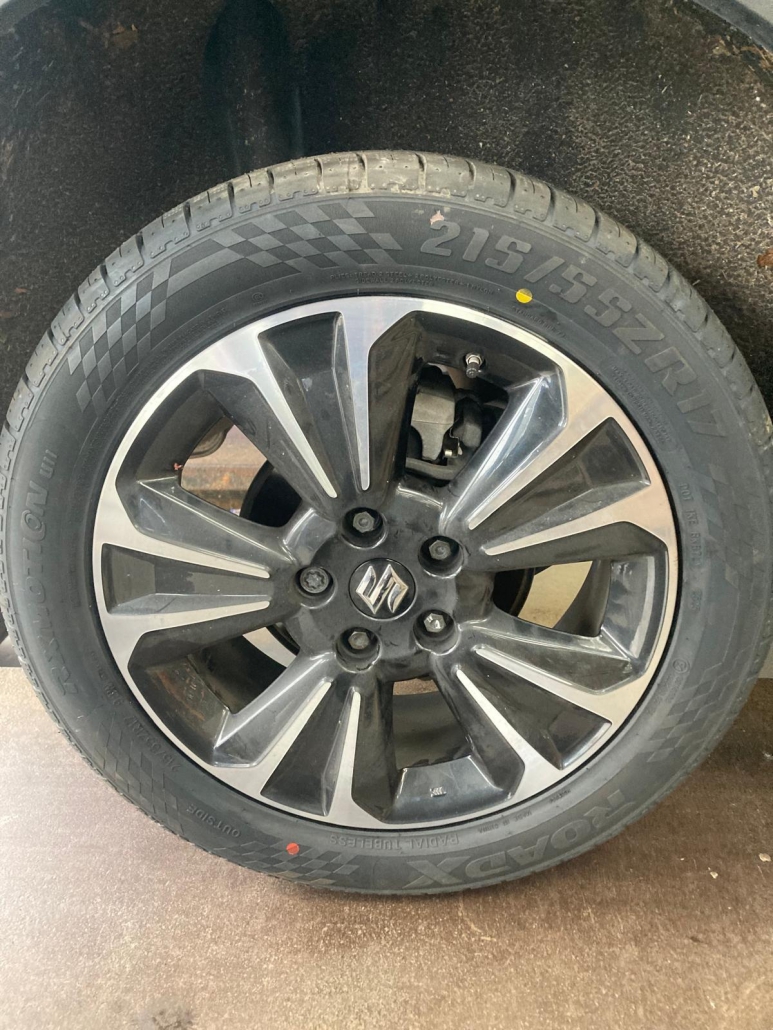Will Energy prices kill off the Electric Car?
Table of Contents
Will Energy prices kill off the Electric Car?
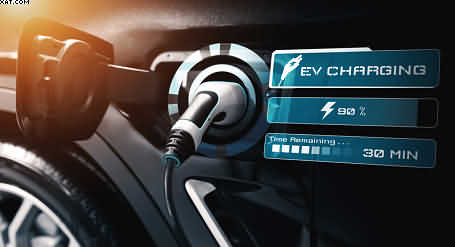
Will Energy prices kill off the Electric Car?
The rise of electric cars has been a long time coming. Tesla in the United States was the one who initially started it in a big way. Now spreading to most car manufacturers across the world. The cost of batteries, charging infrastructure, and the emissions they produce have all been declining over time.
A recent report from Bloomberg New Energy Finance shows that electric cars are now cheaper than petrol or diesel cars in 41% of the USA. A recent study by the London School of Economics also suggests that electric cars will account for more than two-thirds of new car sales by 2030, the UK’s target for banning the sale of fossil fuel cars.
However, the rise of electric cars comes with its own set of risks.
The cost of electricity is something that is constantly on the minds of electric car enthusiasts. Although, in my opinion, these vehicles are a new domain for the rich drivers in our towns and cities. Primarily, they are still expensive and unaffordable for the general public to buy.
For some people, it is the only reason they would consider purchasing an electric car. The cost of electricity is a major consideration for many people, but what about hydrogen cars? Electricity and hydrogen are the fuel sources for hydrogen cars.
Including a new type of engine coming out of Australia. This is a diesel engine that adds hydrogen to the fuel mixture. This engine is carbon neutral and ticks all the boxes for everyday motorists who just want affordable cars without any fuss.
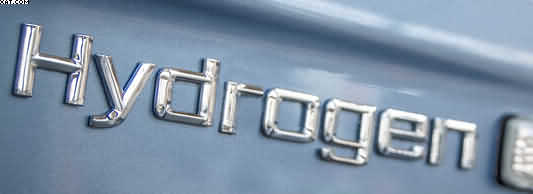
Thanks to the UK, s constant advertising campaigns: Will Energy prices kill off the Electric Car?
Then, electric cars have been one of the most popular vehicles on the market for the past several years. They are seen as environmentally friendly. However, electric car prices may soon start to rise, putting them at a disadvantage against their hydrogen- and traditional gasoline-powered counterparts.
Electric cars have been around since the early 1900s. Firstly, use the old lead acid batteries. With the addition of other battery technologies such as lithium and Tesla, they have been slowly gaining in popularity over the past few years.
With fuel prices constantly on the rise, many people are looking for alternative ways to run their vehicles. While electric cars have their disadvantages, such as the high price of electricity. In my opinion, they could still be a successful option in the future. If the price of electricity continues to rise, many people will turn off electric cars.
Therefore, Electric cars are in a race against time: Will Energy prices kill off the Electric Car?
If the price of electricity continues to rise, electric cars will become too expensive to operate, and they may even be killed off. Right now, the price of electricity has doubled here in the UK. Of course, the future looks grimmer still.
Unless the war in Russia ends, the price of our fuel will rise even more. Until we can increase our own energy production, it is expected to increase substantially over time. This could kill off the electric car industry as we know it! Electric cars require a lot of electricity to operate, combined with the high price and availability of “Cobalt” for the manufacture of lithium batteries.
The Rumoured New EV Mileage Charge
To make matters even more uncertain for electric vehicle owners, it’s now being rumoured that the UK Chancellor is planning to introduce a mileage-based charge on EVs to replace the loss of road tax and fuel duty income. This would mean drivers of electric cars could soon pay per mile for using the roads—a move that could drastically change the appeal of owning an EV.
Up until now, one of the main advantages of electric vehicles has been the exemption from road tax and cheaper running costs. However, if a mileage charge comes in on top of already high electricity prices, the balance could shift. Drivers may start questioning whether going electric is still worth it, especially when you factor in the cost of installing home chargers and battery replacements down the line.
Will Energy prices kill off the Electric Car?
Thanks to the UK’s constant advertising campaigns, electric cars have been one of the most popular vehicles on the market for the past several years. They’re seen as environmentally friendly, but electric car prices may soon start to rise, putting them at a disadvantage against their hydrogen- and traditional petrol-powered counterparts.
Electric cars have been around since the early 1900s, first using old lead-acid batteries. With the addition of modern lithium batteries and the success of Tesla, they’ve been slowly gaining in popularity over the past few years.
With fuel prices constantly on the rise, many people are looking for alternative ways to run their vehicles. While electric cars have their disadvantages, such as the high price of electricity, in my opinion, they could still be a successful option in the future.
If the price of electricity continues to rise, many people will turn away from electric cars. They’re in a race against time — will energy prices kill off the electric car?
Right now, the price of electricity has doubled here in the UK, and the future looks grimmer still. Unless the war in Russia ends, our fuel and energy costs could rise even higher. Until we can increase our own energy production, prices will continue to climb — and that could spell real trouble for the electric car industry as we know it.
Eric Roberts is the owner of Pellon Tyre and Autocentre in Halifax, West Yorkshire. Away from the garage, he enjoys relaxing by the sea at his LuckyPaws Holiday Home in Flamborough on the beautiful Yorkshire coast.
